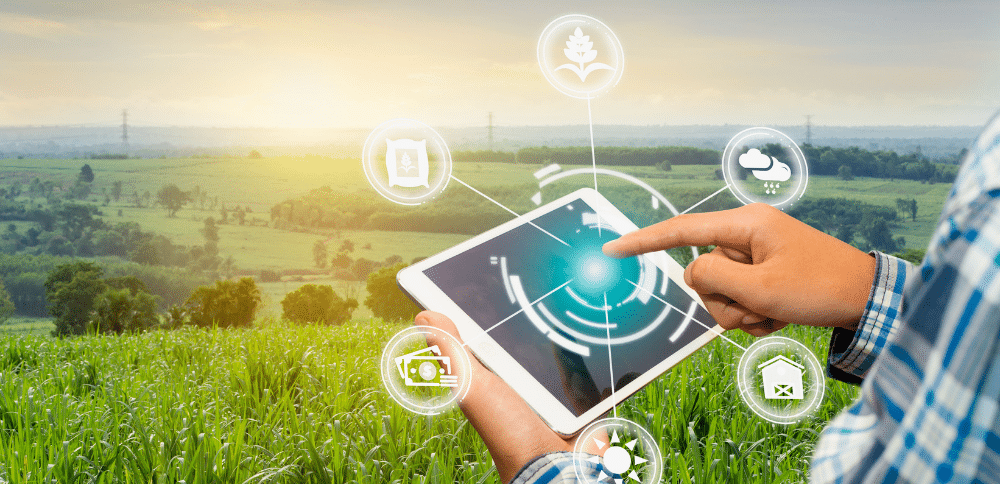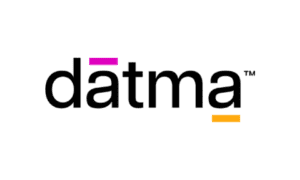Introduction
Timing is crucial in the agricultural sector. Crop harvesting, transportation, processing and sales, even slight delays or calculations can have far-reaching consequences. The weather is erratic, prices fluctuate daily, and pressures from worldwide demand may quickly convert stability into anarchy. Handling this intricacy with spreadsheets and antiquated methods is like attempting to operate a tractor with flat tires; you’ll get there, but it will take more effort than required. Commodity Trading and Risk Management (CTRM) software may help with that. It is the control centre that assists agricultural enterprises in managing pricing, logistics, and risks in a transparent and practical manner; it is not simply another tool in the toolbox. Decision-makers gain sight, organisation, and confidence rather than being overwhelmed by ambiguity. Here are the specific reasons why CTRM software is revolutionising agriculture supply chain efficiency.
How CTRM Software Transforms Agriculture Supply Chains
- Instantaneous Access to Complex Processes
Supply networks in agriculture are complex. They extend from transportation channels to global marketplaces, from farms to warehouses. The concern is that important information can be easily ignored in the absence of adequate visibility. Has a cargo experienced a port delay? Was there an overnight rise in wheat prices? Have forecasted yields been abruptly altered by weather in one area?
With CTRM software, you can see the moving parts in real time on a dashboard. You have the data in front of you, so you’re not rushing to contact many individuals for updates. Faster responses and fewer shocks result from this. Clarity is the foundation of efficiency, and real-time visibility provides just that.
2. More Astute Risk Control in an Uncertain Market
To put it simply, agriculture is vulnerable to unforeseen circumstances. Changes in geopolitics, currency exchange rates, and worldwide demand all affect prices. Months of preparation might be ruined by bad weather. Decision-makers often react late rather than prepare early when using traditional risk monitoring techniques.
The capacity to anticipate dangers is what CTRM software essentially alters. Companies may simulate what would happen if transportation expenses unexpectedly increase or if maize prices fall by 15% the next month. You anticipate issues rather than just reacting to them when you have that kind of insight. As a consequence, the supply chain seems more solid even in the face of external instability.
3. Connection Throughout the Whole Chain
Fragmentation is a major problem in agricultural supply networks. One system is used by farmers, another by logistics, a third by dealers, and even another by finance teams. Information is lost, misunderstood, or compartmentalised. Duplicate work, delayed reporting, or poor judgments based on out-of-date data are examples of inefficiencies that arise at that point.
This is where CTRM software comes in handy since it unifies everything. Every stage uses the same language, from contracts and procurement to settlements and logistics. Through this connection, obstacles are removed and everyone is in agreement, from exporters to farmers. It’s the digital equivalent of putting together a whole image instead of jumbled jigsaw pieces.
4. Accurate Pricing and Contract Administration
Fixed-price regulations do not apply to agricultural goods. Contracts are challenging since they change all the time. You risk losing money if you set the terms incorrectly. If you rely on out-of-date data, you may undersell or overpay.
CTRM software aids in refining this procedure. You may bargain with confidence since contract management is fed real-time market data. It makes it possible to precisely trace who is responsible for what, when, and how much. No more manual mistakes or guesses that result in expensive disagreements. This accuracy guarantees more seamless interactions with partners, suppliers, and customers, in addition to protecting margins.
5. Improved Inventory Management and Logistics
The problem with agriculture is that time is crucial. It is not possible for a fresh product to wait for logistics to be resolved. Certain conditions must be met for storing grains. A single transportation malfunction might result in waste or monetary loss. Coordinating these dynamic components without a defined method is like juggling too many balls in the air.
CTRM software creates structure. It ties agreements to actual delivery, guaranteeing that logistics and inventories meet promises. In a single system, you can see what is planned, what is moving, and what is saved. By doing this, the disability is reduced, stockouts and overspending are avoided, and things are eventually transported to their destinations without any delay.
5. Scalability for International Trade and Growth
Let’s finally discuss growth. Spreadsheets may be sufficient for a small firm, but as soon as the company grows—more farms, more markets, more contracts—the traditional methods become unsustainable. Being efficient means being prepared for tomorrow, not simply managing today.
CTRM software is designed to grow with you. Regardless of whether you are exporting internationally or dealing locally, the same system adjusts to growing complexity. Without sacrificing clarity, it accommodates a variety of commodities, currencies, and rules. Businesses may grow into their systems instead of having to redesign them every few years because of this scalability. This consistency saves frustration, money, and time.
Conclusion
In agricultural supply chains, efficiency is a necessity for existence, not a luxury. Every step counts when there are narrow margins, volatile markets, and intricate procedures. The ctrm software has shown that it is more than simply another electronic solution. It’s the structure that ties everything together, lowers risks, and provides agribusiness companies with the direction they need to succeed. The move from solving firefighting issues to guiding with foresight is the true game-changer here. CTRM software transforms unorganised, unpredictable supply chains into systems that seem flexible and well-organised via real-time visibility, integrated operations, and data-driven insights. The advantages grow with the company, from the tiniest agricultural cooperative to major global dealers. Ultimately, the goal of agriculture is to feed people, and supply systems that are efficient strengthen that goal. Without needless waste or danger, CTRM software helps ensure that the appropriate items are delivered to the right markets at the right time. That benefits everyone who depends on agriculture to keep the globe turning, not just businesses.



































